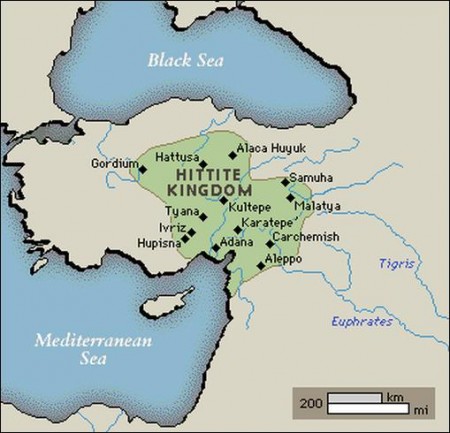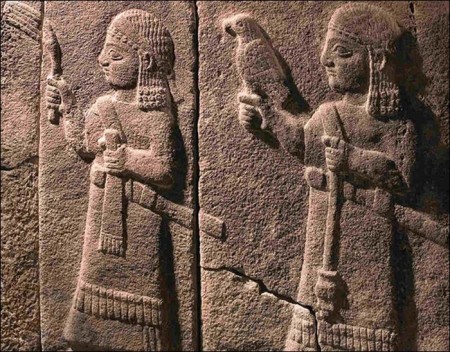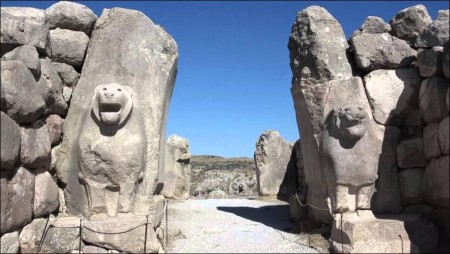A history of the Hittites including their cities, kings, art and contributions to civilization.
A group of tribes, speaking Indo-European languages and collectively known as the Hittites, establish themselves as the dominant power in Anatolia. Their capital is at Bogazkoy, a dramatically fortified city on a steep slope among ravines; its walls and towers enclose no fewer than five great temples.
The priest-king who makes this place his capital in the 17th century BC is Hattusilis I. He has ambitions for his people. Moving south and east with his army, he reaches the Mediterranean and continues into northern Syria.
Eager to give his empire full credentials, Hattusilis brings back from Syria a team of scribes, expert in cuneiform. They adapt the cuneiform script to a new purpose, the recording of an Indo-European language, and they lay the foundation for an important state archive at Bogazkoy.
When the clay tablets of this archive are discovered, in the 20th century, they provide the basis for our knowledge of the Hittites.
The Magic of Iron
The Hittites are the first people to work iron, in Anatolia from about 1500 BC. In its simple form iron is less hard than bronze, and therefore of less use as a weapon, but it seems to have had an immediate appeal – perhaps as the latest achievement of technology (with the mysterious quality of being changeable, through heating and hammering), or from a certain intrinsic magic (it is the metal in meteorites, which fall from the sky).
Quite how much value is attached to iron can be judged from a famous letter of about 1250 BC, written by a Hittite king to accompany an iron dagger-blade which he is sending to a fellow monarch (see Letter from a Hittite king).
The Furthest Extent of the Hittite Empire
In about 1600 the Hittites reach and destroy Babylon, before retreating again to their Anatolian heartland. In the 14th century they march again to establish an empire which reaches into northern Syria, east of the Euphrates, and extends down the Mediterranean coast to confront the Egyptians. A hard-fought but inconclusive engagement at Kadesh in 1275 stablizes the frontier between the two power blocs.
It is followed some years later by a treaty and the marriage of the daughter of the Hittite king (Hattusilis III) to the Egyptian pharaoh Ramses II.
In the 12th century the Hittite empire suddenly collapses – overwhelmed, it is thought, by the onrush of the Sea Peoples. These terrifying intruders are described in Egyptian chronicles as raging down the coast to threaten the frontiers of Egypt in about 1218 and again in 1182 BC.
Views: 629





